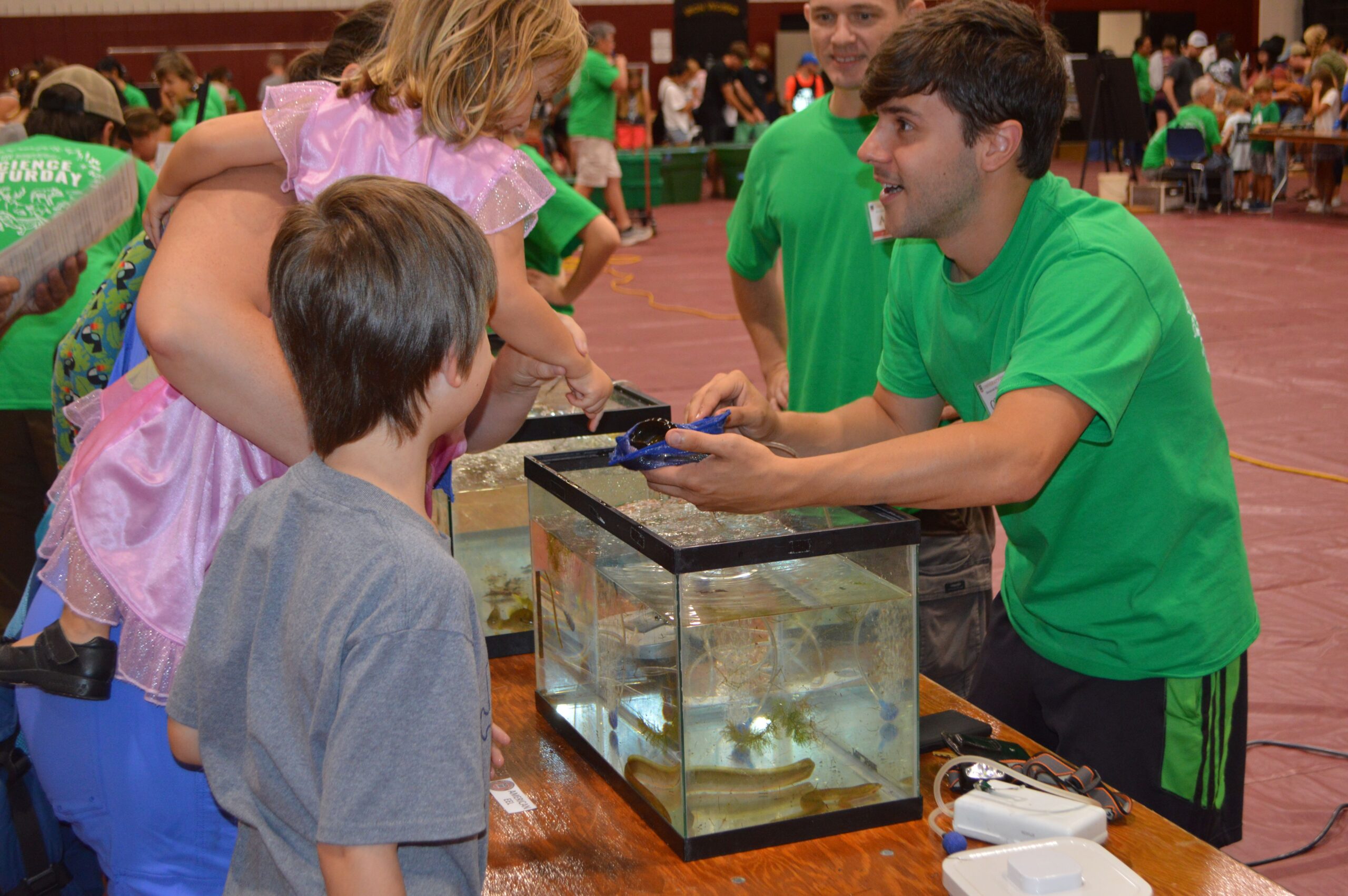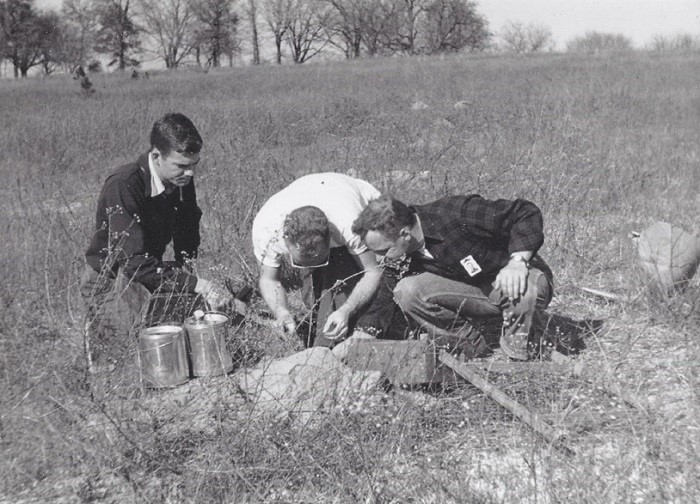Science Comes Alive at Science Saturday
Unleashing the Scientist in Everyone

AIKEN, SOUTH CAROLINA, July 12, 2024 – The University of Georgia Savannah River Ecology Laboratory’s Science Saturday returns at a new location at the North Augusta Riverview Park Activities Center on Saturday, August 3, 2024, from 10 AM – 1 PM.
Event attendees will have the unique opportunity to get up and close with a variety a research being conducted by SREL scientists and graduate students. Additionally, they can interact with various local plants and animals that call the Central Savannah River Area their home.
“From alligators to rattlesnakes to carnivorous plants, we’ll have a little bit of everything for people to engage with,” states Katrina Ford, assistant director for outreach, communication, and education at SREL.
Residents will not only meet many local flora and fauna but also have the chance to engage in discussions about the latest research with scientists and graduate students. This interactive element provides a unique opportunity to learn from the experts themselves.
Olin “Gene” Rhodes, the director of the Savannah River Ecology Laboratory and a professor at the Odum School of Ecology, asserts, “We are pleased to again offer Science Saturday by the University of Georgia’s Savannah River Ecology Laboratory to the members of our local communities to present them the opportunity to engage with the faculty, staff, and students and learn about the many interesting and impactful research activities we conduct at the laboratory. We hope to highlight the fantastic work that our employees and students conduct to benefit our local communities, our nation, and the world.”
Science Saturday is one of several free programs offered at SREL, which has a long-standing tradition of community involvement and investing in future generations. The Outreach and Education team conducts programs like Ecologist for a Day and EcoTalks throughout the year. The Ecologist for a Day program immerses students in guided field experiences where they identify living and nonliving components of local ecosystems, inspiring them to consider careers in S.T.E.M. (science, technology, engineering, and math), while the Ecologist for a Day program brings nature into classrooms and afterschool programs.
SREL also offers numerous opportunities for undergraduate and graduate students pursuing careers in environmental science and related fields. Through internships, courses, and technician positions, these students gain valuable fieldwork experience.
# # #
About the Savannah River Ecology Laboratory: The Savannah River Ecology Laboratory, a research unit of the University of Georgia, located near Aiken, South Carolina, pursues a plethora of research interests from atoms to ecosystems in the realm of ecology. For over seven decades, the SREL’s mission has provided an independent evaluation of the impact of Savannah River Site’s operations on the environment to the public and to the Department of Energy. This mission is accomplished through research, education, and outreach.

